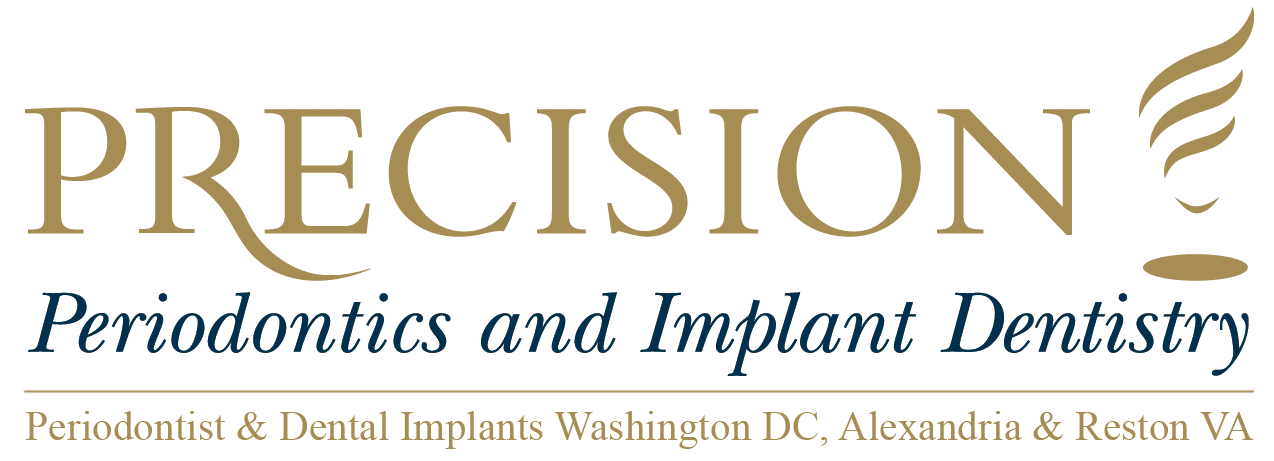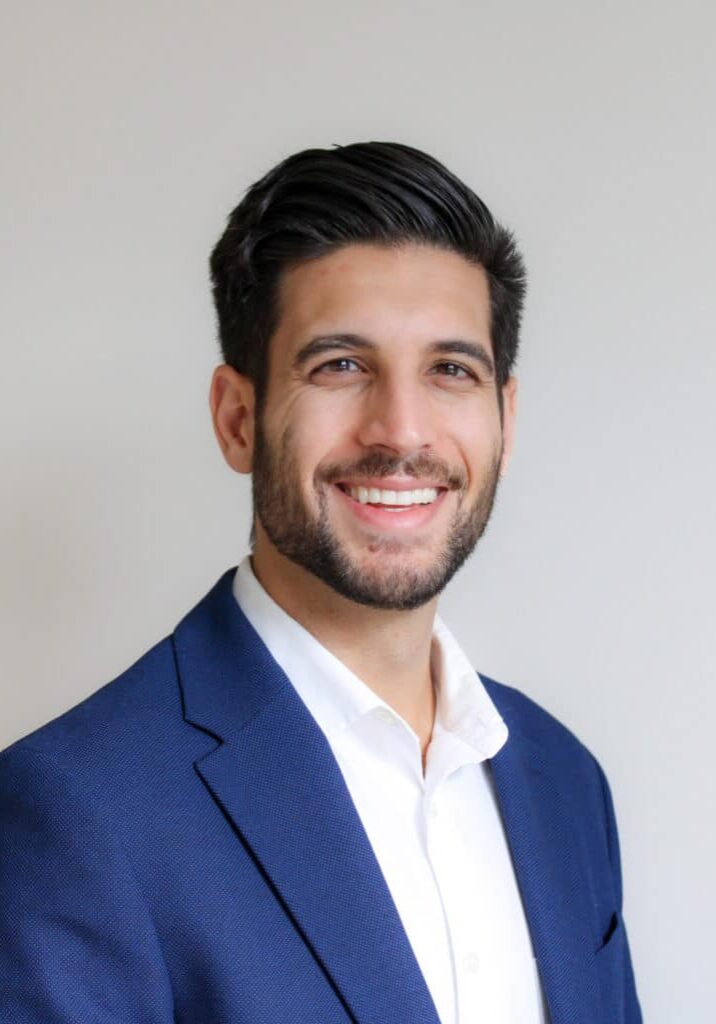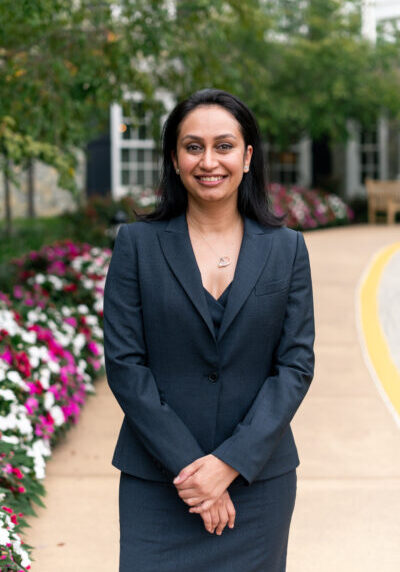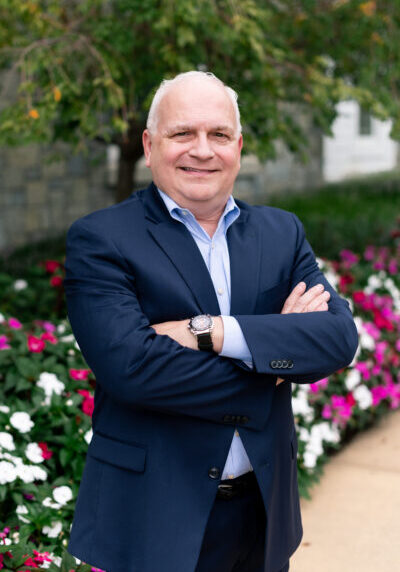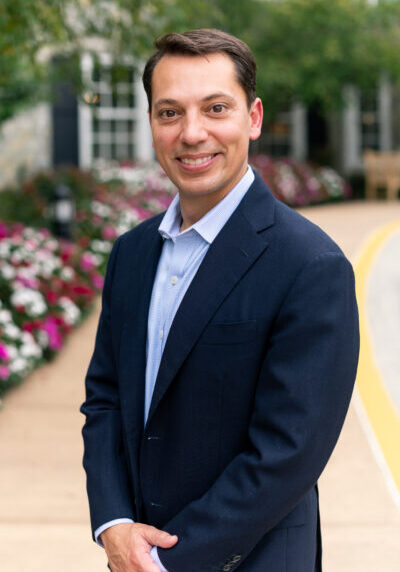Periodontology Anatomy - Biologic width
The biologic width is the distance established from the junctional epithelium and connective tissue attachment to the root surface of a tooth. This is also described as the height between the deepest point of the gingival sulcus and the alveolar bone crest. This distance is an important consideration when creating dental restorations because they must respect the natural architecture of the gingival attachment in order to avoid harmful consequences. The biologic width is unique to every patient and can range from 0.75-4.3 mm.
Based on a 1961 paper by Gargiulo, the mean biologic width at the time was 2.04 mm. From this, 1.07 mm is made up of connective tissue attachment and another 0.97 mm is occupied by the junctional epithelium. Because it is virtually impossible to precisely restore a tooth to the exact coronal edge of the junctional epithelium, dentists often remove enough bone to maintain 3mm between the restorative margin and the crest of alveolar bone. When restorations do not account for these considerations and violate the biologic width, it can result in the following three issues:
- Chronic pain
- Chronic inflammation of the gingiva
- Unpredictable loss of alveolar bone
Ferrule effect
In addition to the lengthening of the crown to establish an adequate biologic width, the structure of the tooth should be 2 mm in height to allow for a ferrule effect. A ferrule, as it relates to the teeth, is a band which surrounds the external dimension of residual structure of the tooth. This is similar to the metal bands that surround a barrel. Sufficient vertical height of the tooth which will be grasped by the future crown is needed in order to allow for a ferrule effect of the future prosthetic crown. This has proven to significantly reduce the likelihood of a fracture in an endodontically treated tooth. Because a beveled tooth structure is not parallel to the vertical axis of the tooth, it does not fully contribute to ferrule height. The desire to bevel the crown margin by 1 mm requires an additional 1 mm of bone removal in the crown lengthening procedure. It is common to perform restorations without a bevel.
Some recent studies suggest that while the ferrule is indeed desirable, it should not be obtained at the cost of the existing tooth or root structure. Studies have also shown that the difference between a successful restoration and a failed restoration can differ by as little as 1 mm of additional tooth structure. When encased by a ferrule, it provides the tooth with a greater level of protection. When it is not possible to create a long-lasting, functional restoration, it may be necessary to consider extracting the tooth.
Crown-to-root ratio
The alveolar bone which surrounds a tooth will naturally surround the adjacent tooth as well. As a result, when bone structure is removed for crown lengthening, it likely damages the bony support of the adjacent teeth. The process can also increase the crown-to-root ratio in an unfavorable way. Once bone is removed, it is nearly impossible to restore it to previous levels. In the event that a patient is considering an implant in the future, there may not be enough bone structure available following the crown lengthening procedure. It is critical for patients to thoroughly discuss all of their treatment plans and goals prior to undergoing procedures such as crown lengthening.
